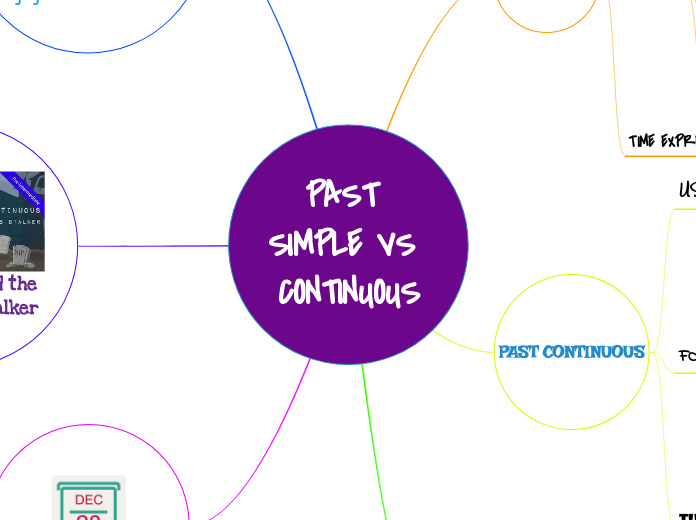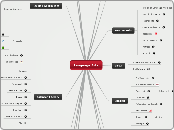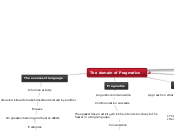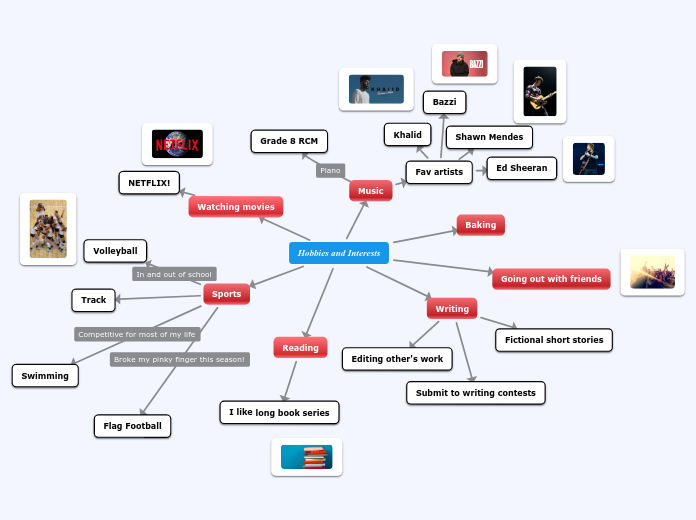Children's Literacy
Development
Writing
Development
Early scribbles are not usually representational
so teachers and parents should refrain from asking
what a picture is unless the child is eager to talk
about it.
Exploration is needed for
Writing Development
Lev Vygotsky believed that
the gestures made in infancy
lead to writing.
Many children benefit from different
writing utensils.
The Importance of Invented Spelling
encourages students to take
responsibility and take risks.
Notes the importance of ideas
in writing rather than the
correctness.
The more practice that a child
gets, the more progress they
will make towards conventional
writing.
Signal that the child is beginning to
analyze speech sounds in print.
The Importance of Scribbling
Early Scribbling
learn that whatever is in
their hands is what makes
the marks.
random marks on paper
Controlled Scribbling
also called scribble writing
between 3 and 6
systematic, repeated marks
(circles, lines, dots.squares)
Scribble Drawing
begin to understand the difference
between drawing and writing. They
start to use letters, usually beings
with their name.
scribbles have meaning
between 4 and 6
pictographic in expression
Name Scribbling
the intent is to make their
writing look like words
Oral Language
Development
By age 3, children of professional families know about
1100 words, children of working-class families know
about 750 words, and children of welfare-recipient families
know just 500 words.
By the time that children enter Kindergarten, many
may have a vocabulary of 10,000 words or more.
Toddlers often come up with original speech
utterances that are not copies of adult verbalizations,
so it is argued that this is evidence of an independent
emerging language system.
the rate of vocabulary development is strongly
influenced by how much the child is exposed to
oral communication from parents.
Steps in Oral Develpoment
Babies Listen to spoken words and
begin to communicate using sounds
and gestures
5 months- simple words
1 year- one word phrases
Toddlers- 3 word sentences
Preschool- larger vocabulary from listening
to others and reading books
begin to talk about their experiences
sentences become longer/more complex
Reading
Development
Facts
Children enjoy being read to and begin to
engage in sustained reading activities during
phase two.
Children see written words everywhere
Reading Development Phases
Phase 1:
Awareness and Exploration
Begin to identify some letters
and letter-sound relationships
Pretend-reading
logographic knowledge
Birth- Preschool
Phase 2:
Experimental Reading
letters and letter-sound
relationships
Basic understandings of print:
top to bottom, left to right
Kindergarten
Phase 3:
Early Reading
Sight words and fluency
begin to develop strategies for
comprehesion
being reading simple stories
First grade
Phase 4:
Transitional Reading
greater fluency and comprehension
second grade
Phase 5:
Independent and Productive Reading
extend and refine literacy skills
third grade









